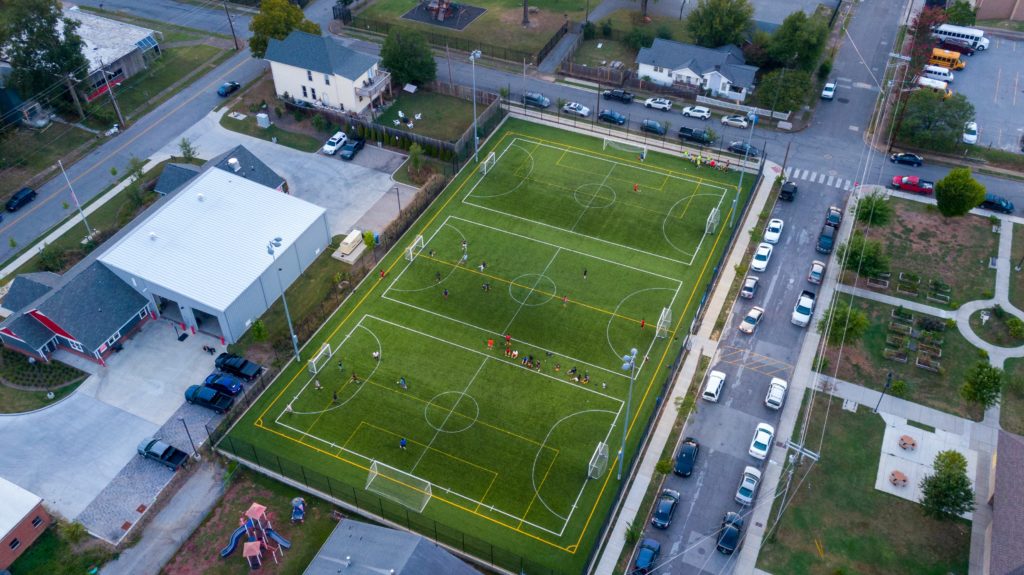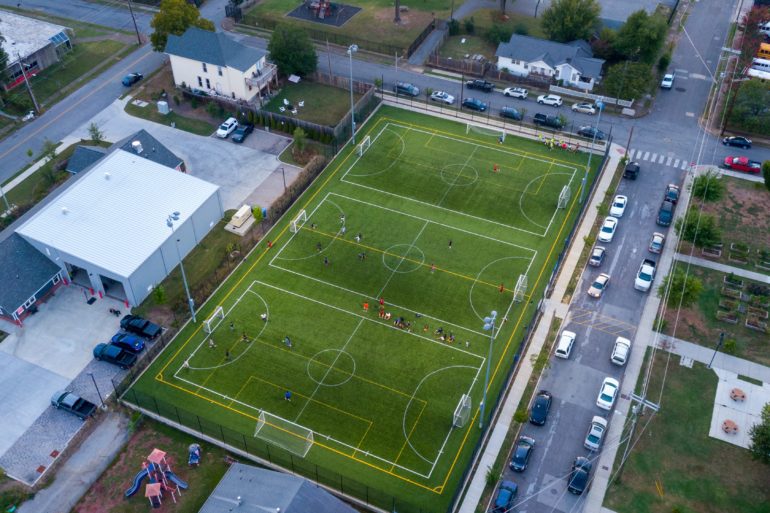Building A Network: Network Externality (1 of 3)
Building a Network
by NISA Nation Staff

Part One: Network Externality
net·work ef·fect noun – a phenomenon whereby a product or service gains additional value as more people use it.
Also known as network externality, the theoretical framework of the network effect prescribes that for every additional user of a good or service, other users experience an increase in the value of the product or service. To put it another way, there is a direct relationship between the number of users and the value of the product or service.
The classic example of the network externality effect is the telephone. For the first telephone user, the product held virtually zero value. The phone was essentially an expensive paper weight. But once the initial buyer’s best friend purchases a telephone, the phone’s value increases for both users. The phone is no longer a paper weight, but instead is a brand new form of communication for both users. Eventually, as more of their friends purchase a telephone, the product’s value grows exponentially. Not only can the phone be used for a one on one conversation, but it can also be used to coordinate plans. Eventually, businesses adopt the phone and now the product has even greater utility. With every additional telephone user, the value of the telephone as a product increases. This is why the telephone represents the quintessential example of the network effect.
Other examples of the network effect include financial exchanges, software, the internet, as well as social media. So why is the network effect a topic of conversation on NISA Nation?
The Network Effect and American Soccer
It is no secret that American interest in the beautiful game lags behind interest in many countries across the globe. While there is a vast array of factors at play, perhaps one challenge faced by American professional leagues in comparison to its global counterparts is a minimal network of fans and supporters of American clubs. Unlike professional teams in other sport leagues, United States soccer teams do not boast decades upon decades of history. In fact, the oldest continually running professional teams have not even been playing for twenty-five years. Quite simply, you do not have fans whose allegiances span generations as you do in other professional sports. As a result, you not only have a smaller quantity of fans, but also geographically speaking fanbases are much more confined to the metropolitan areas of professional soccer teams than you see in other professional sport leagues. These two factors serve to limit the dialogue and discourse surrounding clubs, the leagues, and the sport. Additionally, most would agree when professional soccer is at its best is when clubs represent a manifestation of community. This is all the more reason to suggest that we have missed the boat by forcing the professional game to instead be metropolitan driven through a territorial restrictive approach to growing the sport. It is for these reasons that American soccer has not experienced a network effect phenomenon to the same degree as leagues around the world.
When you compare the interest of American professional soccer to the interest of leagues like Liga MX and the English Premier League the network effect is clear. A close proximity of clubs results in an incredible level of fan interest, passion, and pageantry. Events like Derby della Madonnina, the Manchester Derby, El Derbi Madrileño, and the North London Derby, among others, are spectacles drawing in attention from fans across the globe. Even across the Atlantic Ocean, these events have captivated American soccer fans who crave to be a part of the network of what they view as a more authentic version of professional soccer. Quite frankly, in the United States, you are far more likely to have an engaging conversation about a match in a foreign league than a domestic professional match. Perhaps, this is in large part because unless you live in a top 50 metropolitan area, odds are that you do not have a professional soccer club to call your own. Fans are going to connect with the network, which offers the most value.
By limiting professional soccer to just one club per market, American soccer has hampered its own opportunity to develop a network effect. Territory restrictions serve to create an insurmountable barrier in the attempt to develop community driven soccer built upon fan interconnectivity and local rivalry. So, if territory restrictions push against a network effect, then is there a strategy that could propel American soccer toward the network effect? This will be examined deeper in Part Two.





